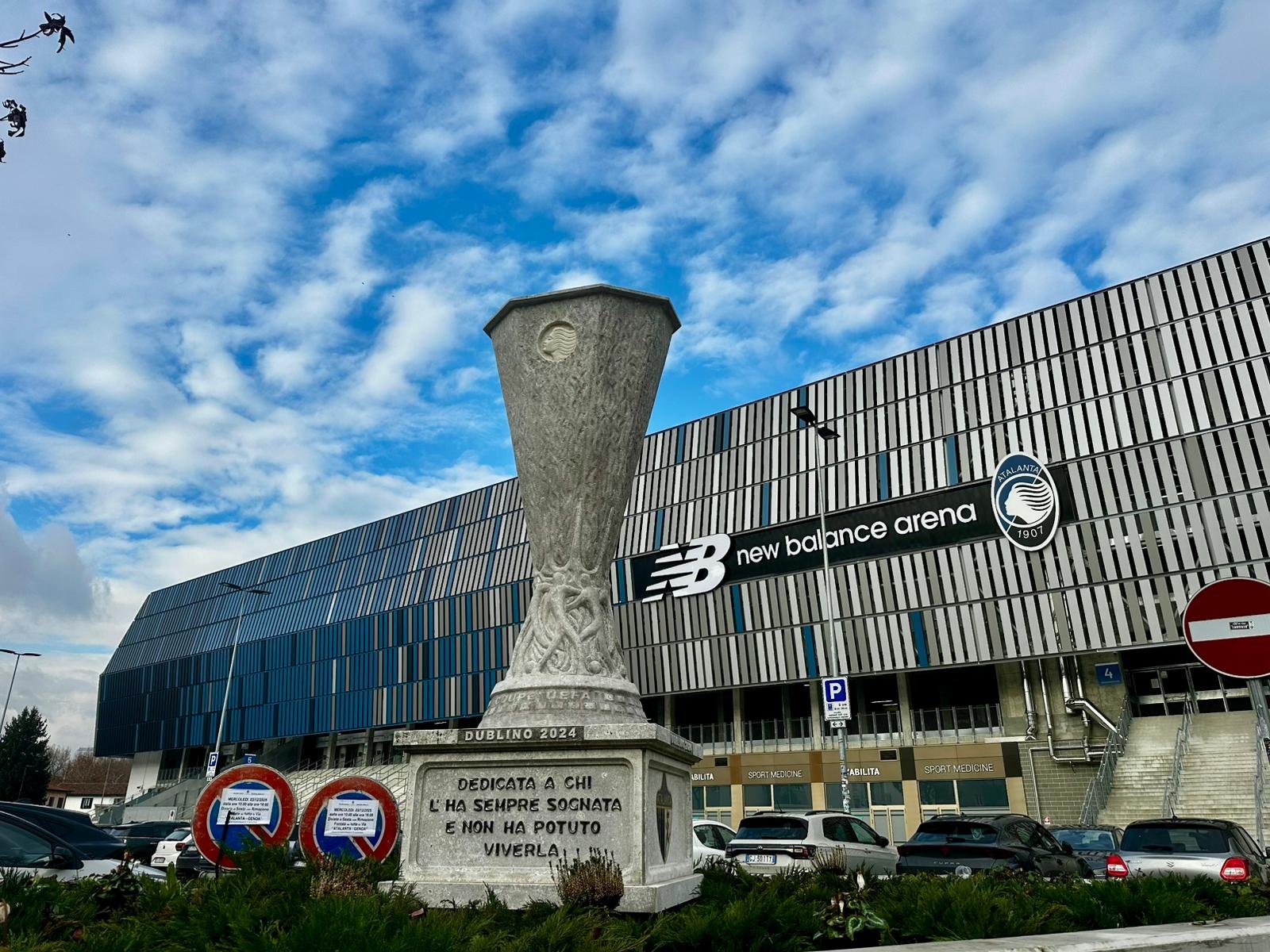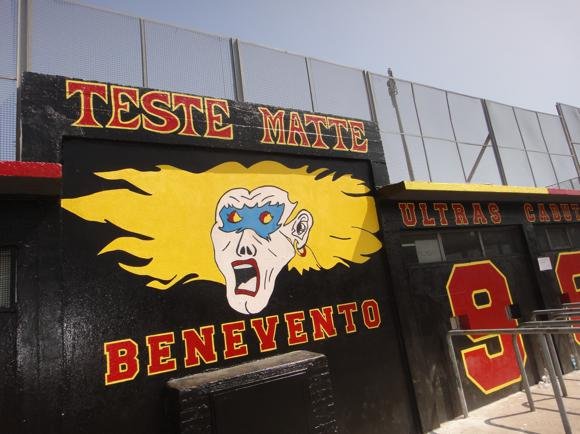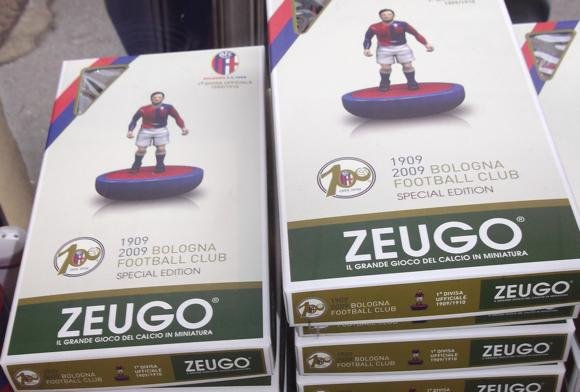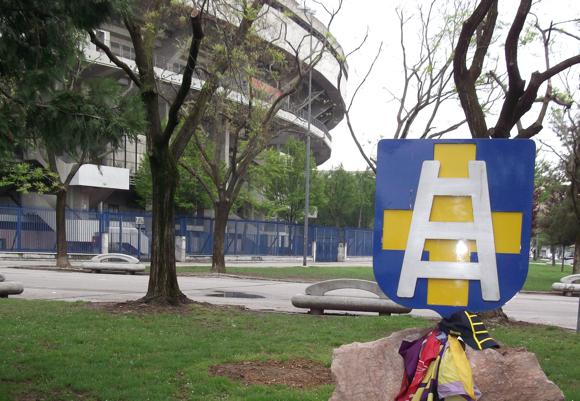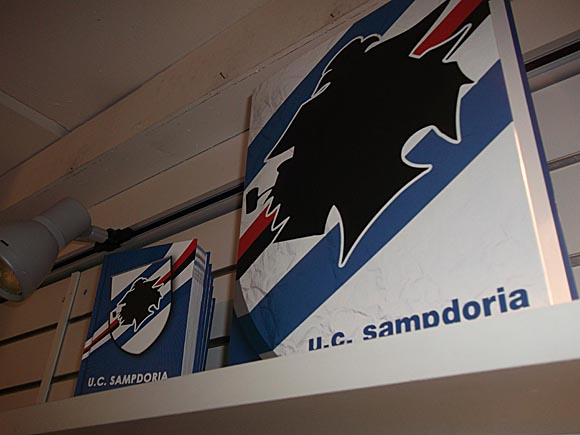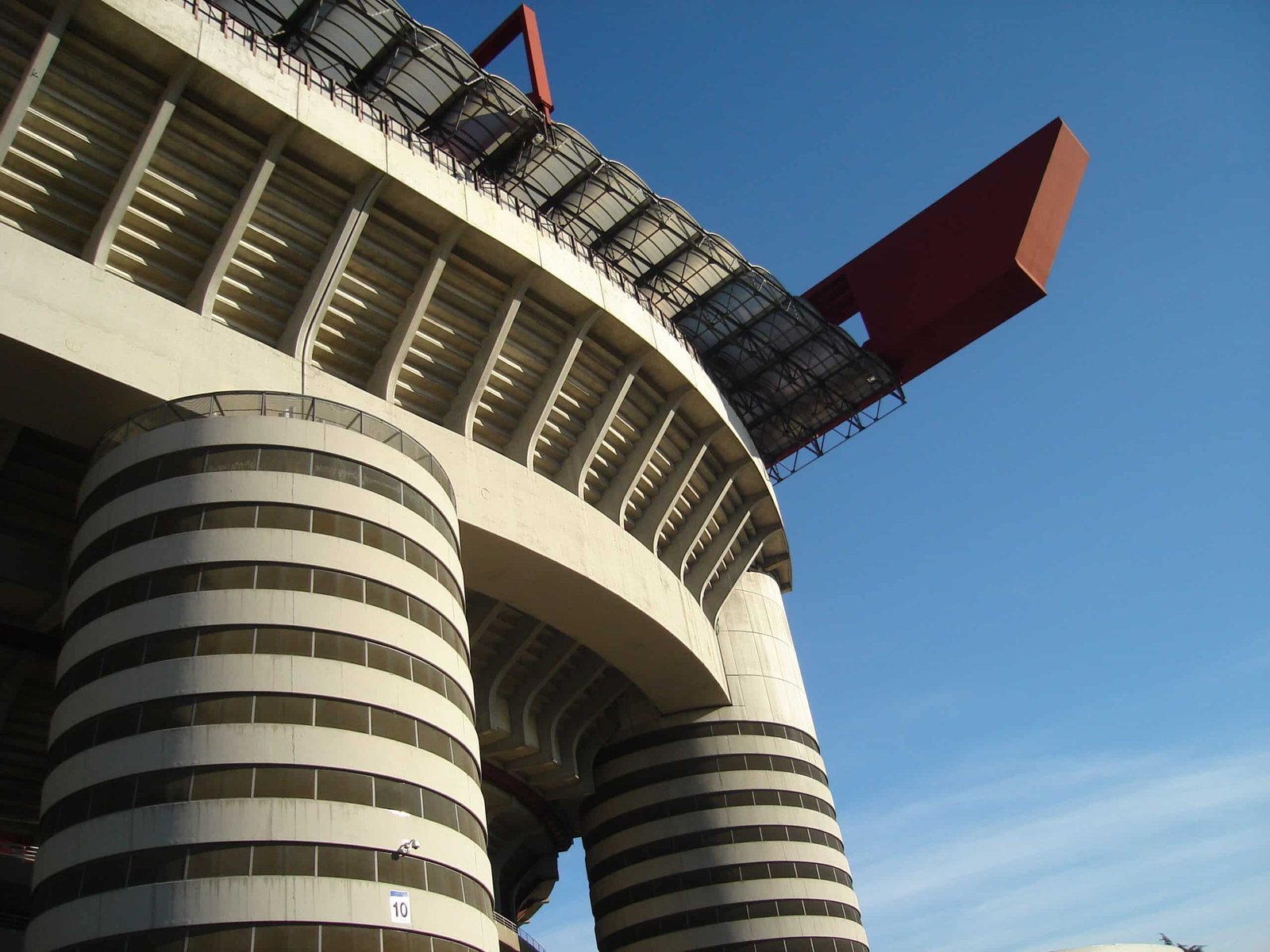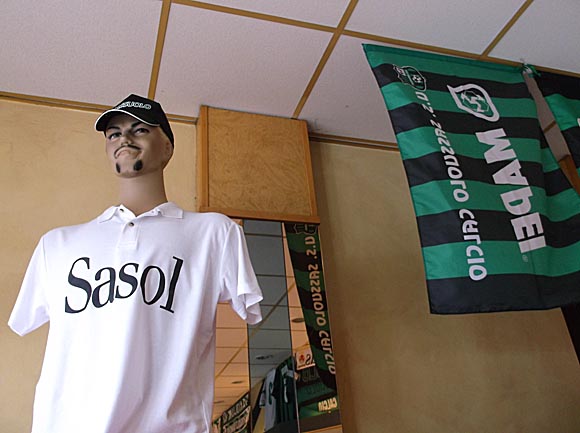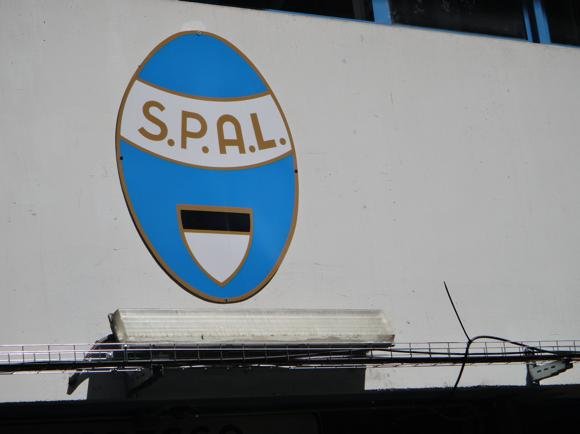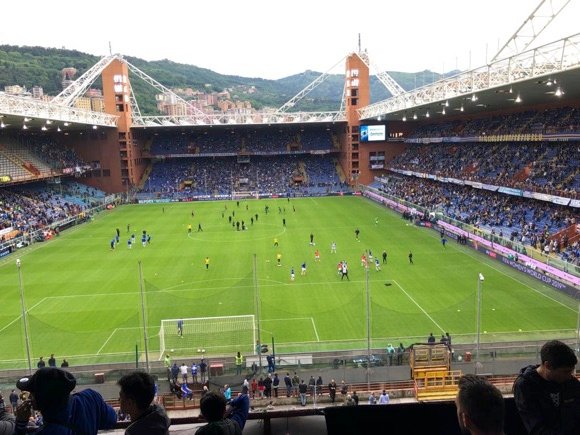A fan’s guide – the club from early doors to today
In Serie A for a couple of seasons, FC Crotone have climbed higher than their several predecessors representing this seaside town in Calabria. Here in Italy’s far south, closer to Corfu than you are to Naples, top-flight football is a rarity.
Having performed the great escape to stay up in 2017, the Pythagoreans needed to find a few more angles to achieve similar in 2018.
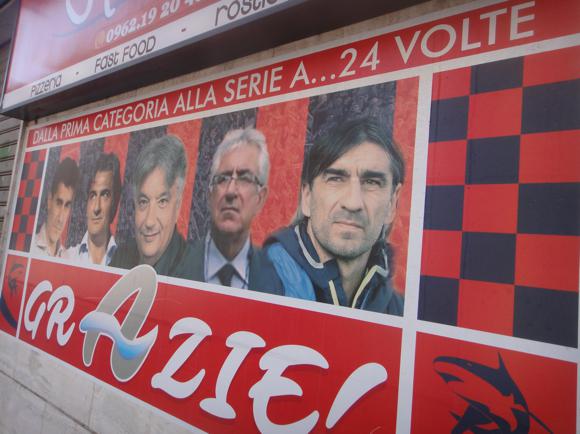
Before Crotone’s promotion in 2016, only Catanzaro and Reggina had brought Serie A football to the toe of Italy. Until the arrival of the well connected Vrenna brothers in the 1990s, Crotone was very much a soccer backwater.
Società Sportiva Crotona were the first club to be founded here, in 1910. Up until World War II, Crotone’s flagship club competed at regional, Calabrian level. In 1945, the refounded Unione Sportiva Crotone was admitted to Serie C.
Shortly afterwards, the long-awaited Stadio Ezio Scida was completed, named after a team captain who had recently lost his life in a transport accident on the way to a game.

Narrowly missing out on promotion to Serie B in 1977, for several decades, Crotone only succeeded in avoiding creditors by changing names far too often.
A new era began with the arrival of president Raffaele Vrenna in 1992. An influential entrepreneur, Vrenna oversaw his club’s rise through lower divisions until reaching Serie B in 2000. Goals from southern Italian journeyman Andrea Deflorio had brought the Pythagoreans to the brink of promotion, achieved thanks to Ancona’s surprising defeat at Lodigiani.
Becoming Football Club Crotone in 2001, the Rossoblù made the play-offs in 2014 only to be sunk by Bari’s two injury-time goals. Two years later, there would be no mistake. Under ex-Croatian international midfielder Ivan Jurić, who brought in compatriot striker Ante Budimir, Crotone played cat and mouse at the top of the table with Cagliari.
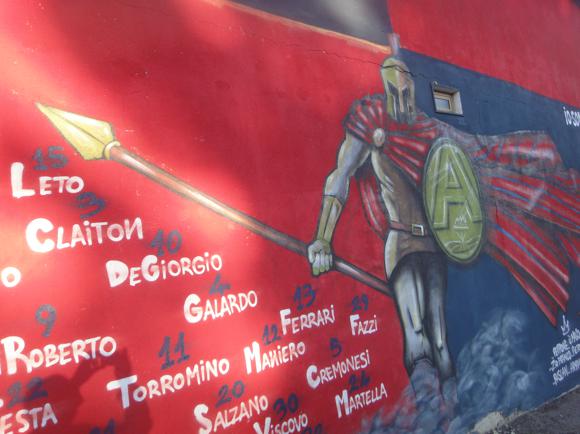
Entertaining the 5,000 visiting Crotone fans who had made the 1,200km journey to the San Siro to see their team take Milan to extra-time in the cup, the Pythagoreans put Bari to the sword thanks to a 92nd-minute goal from Budimir, clinching promotion at Modena four rounds before season’s end.
Bringing in ex-Genoa defender Davide Nicola as coach, Crotone soon looked like one-season wonders in Serie A. A first victory didn’t come until the end of October, three of nine points won by early January. Then came the miracle. Vital goals from on-loan Diego Falcinelli helped Crotone overcome fellow relegation candidates Empoli then, improbably, Inter.

It proved to be one of six wins in nine games, with only one defeat, to Juventus. Before 15,000 at the Ezio Scida, Falcinelli scored for one final time in the Rossoblù of Crotone to defeat Lazio 3-1, the last game clinching Serie A survival.
Budimir returned to the Ezio Scida but relegation form soon saw ex-Italian international goalkeeper Walter Zenga replace Nicola as coach.
Surprise wins over Sampdoria and Verona may yet see the Pythagoreans last another season in Serie A.
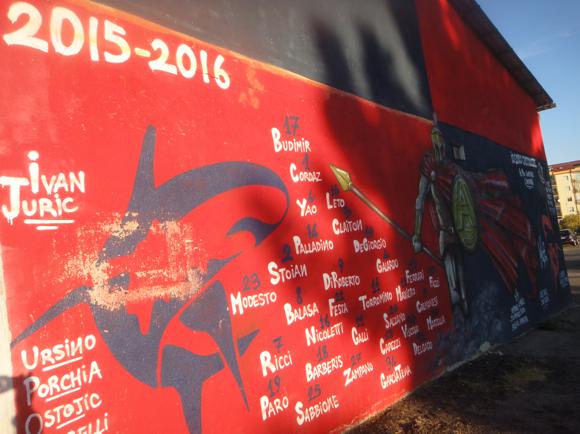








Stadium Guide
The field of dreams – and the stands around it





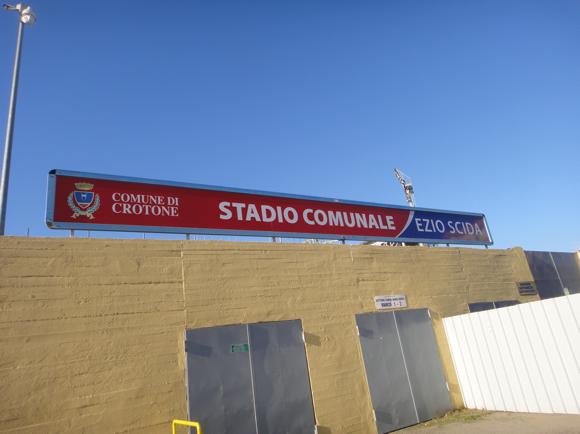
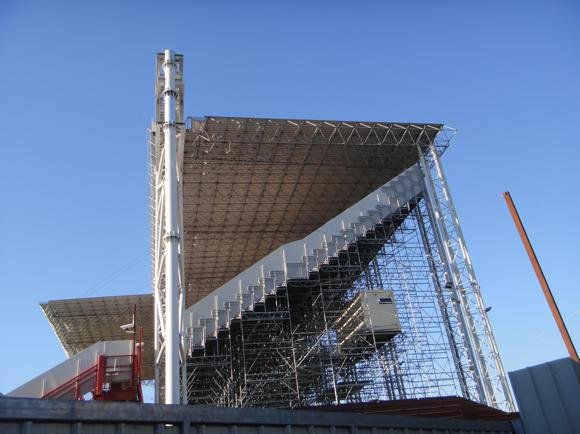
Planned in 1935, opened in 1946, after decades of hosting lower-flight football, the Stadio Ezio Scida had to be adapted for Serie A use in 2016. While these works were taking place, the Rossoblù set up camp on the coast, at Pescara, for the first two months of the season. Fittingly, the first visitors to the revamped Ezio Scida were Napoli, the nearest big-city team to Crotone.
Increasing capacity to 13,500, since raised to an all-seated 16,000, the revamp saw the Curva Nord fenced-off for away fans. A maxi-screen was placed above it in 2017. Part of this sector stands on ground indicated by archaeologists to be of historic interest, at the edge of an Ancient Greek agora. Here, football comes before heritage.

With Crotone’s surprise survival in 2016-17, the club had part of the main stand, Tribuna Principale, covered – the rest of the stadium is open to the elements.
The home end furthest from the main road, the temporary-looking two-tier Curva Sud, is named after Giorgio Manzulli, a Crotone fan who died from an incurable disease.
Opposite the main stand is the Tribuna Distinti.
getting there
Going to the stadium – tips and timings

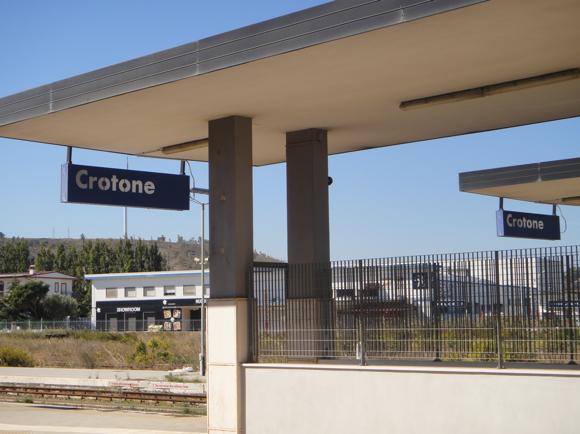

From Crotone train station, walk straight out and head down viale Stazione over the narrow canal until you reach a small roundabout, the junction with via di Vittorio, where you find the main bus station.
Those arriving by train should turn right into via di Vittorio, those by bus, turn left out of the terminus and walk straight down. As you approach another roundabout centrepieced by a statue of two boat halves, to the left are the Parco delle Mimose, Krotonlandia amusement park and Crotone’s main ticket outlet. From the main roundabout, you’ll see the stadium over the road to your left.
It’s a ten-minute walk from the train station, 5-7 minutes from the bus station.
On match days, the area immediately around the stadium is blocked off to all except ticket holders.
From town, head for piazza del Legionario, then along the main road of via Silvio Carpino, which becomes via Giovanni Paolo II. Allow 10mins, 15mins from the beach.
getting in
Buying tickets – when, where, how and how much

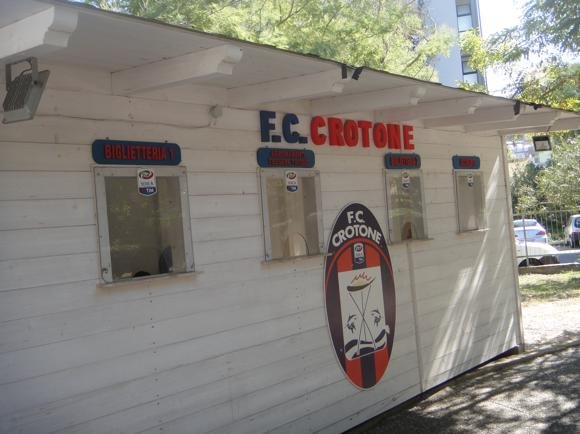
Despite a modest capacity of 16,000 games at the Stadio Ezio Scida rarely sell out, not even for top opposition. The average gate for 2017-18 is below 10,000.
Advance sales are distributed online by Listicket.
On match days, a clearly signposted ticket office operates near the stadium on via di Vittorio, by the Krotonlandia amusement park just inside the Parco delle Mimose. For online and direct purchases you will need to supply ID, ie a passport.
The cheapest seats are in the home Curva Sud end, €25, rising to €35 and €45 in the Distinti. It’s €60-€80 to sit in the main stand. Prices rise by €10-€50 for a so-called match di fascia, ie against Juventus, Inter, Milan or Roma.
Reduced prices (ridotto) are for accompanied under-14s and seniors over 65, €20-€25 in the Distinti, €35-€45 in the main stand, €40-€85 for prime games.
what to buy
Shirts, kits, merchandise and gifts

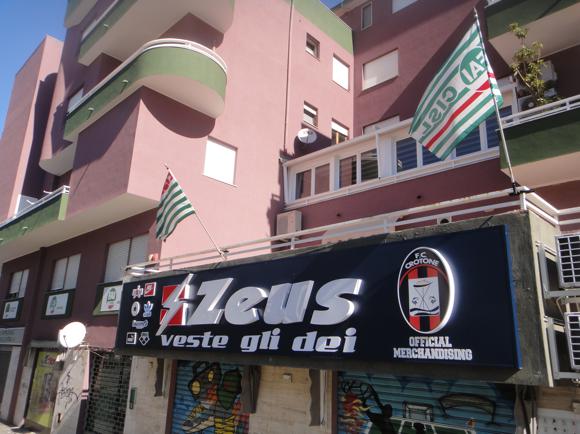

There is no official store at the stadium, but plenty of stalls around it proffering red-and-blue flags and scarves.
For a wider selection of official merchandising, a 5-7min walk from the ground at corso Giuseppe Mazzini 49, Corky Sport/Zeus (Mon-Sat 9am-1pm, 4.45pm-8.30pm) stocks Crotone shirts and tracksuit tops of all sizes. Note that it closes Sundays, even on match days.
Where to Drink
Pre-match beers for fans and casual visitors
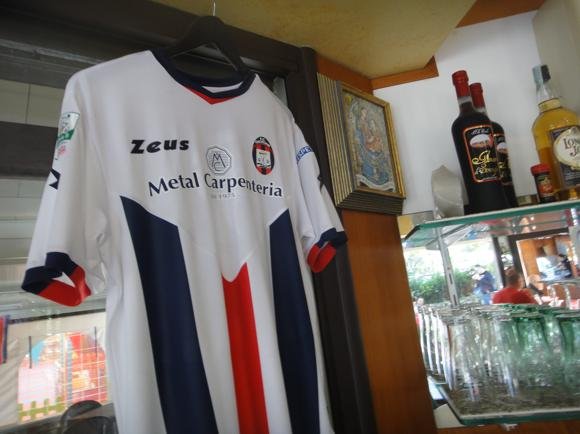




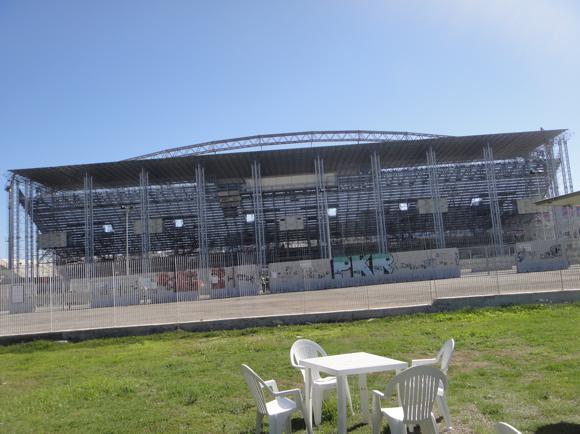

Drinking options surround the stadium. The best is by the ticket office, just inside the entrance to Krotonlandia on via di Vittorio. A kiosk operates outside while alongside, the Bar delle Mimose displays Crotone shirts and puts up a large gazebo where a TV shows Serie A news all afternoon.
On main via Giovanni Paolo II, modest Tropical Bar by the junction with via dei Romani shows its Crotone colours – a pleasant back terrace overlooks the stadium. Behind is also a panini outlet. A little further along, right by the stadium, a little van proffers the local speciality of sausages in a cardamom sauce, plastic tables conveniently set up alongside.


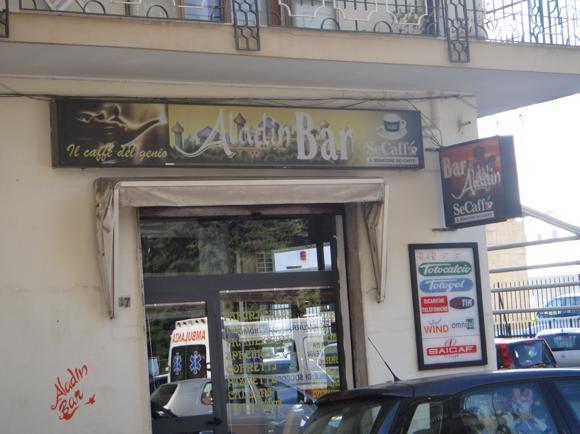
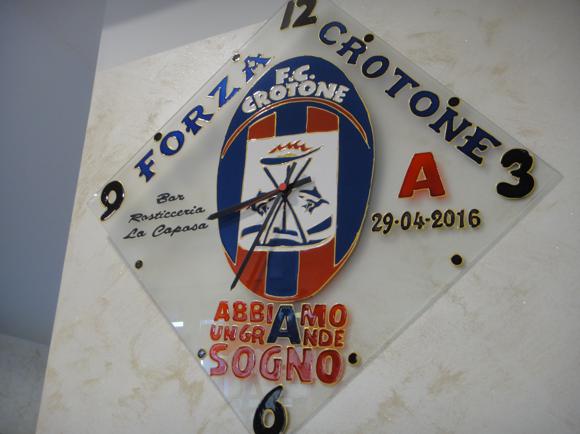

Still on via Giovanni Paolo II, by the roundabout, the American Bar is a standard Italian spot, coffee and sticky-cake sales outstripping those for alcohol.
On the other side of the ground by the hospital, Il Gattopardo is a regular bar occupying the corner where via Bologna and via XXV Aprile meet. Venture down via Bologna and you find a smaller version of the same, Aladin, and, more lively and calcio-focused, Bar La Capasa.




